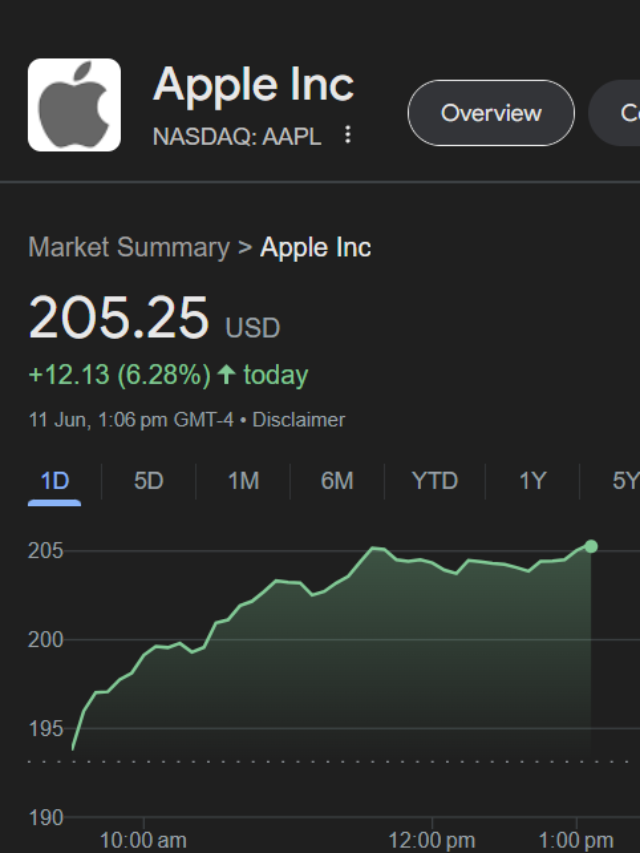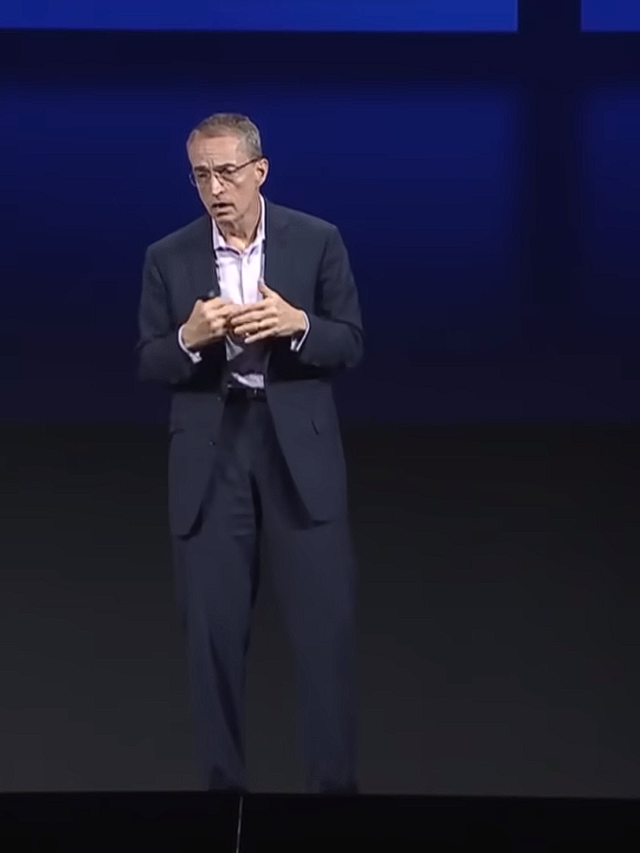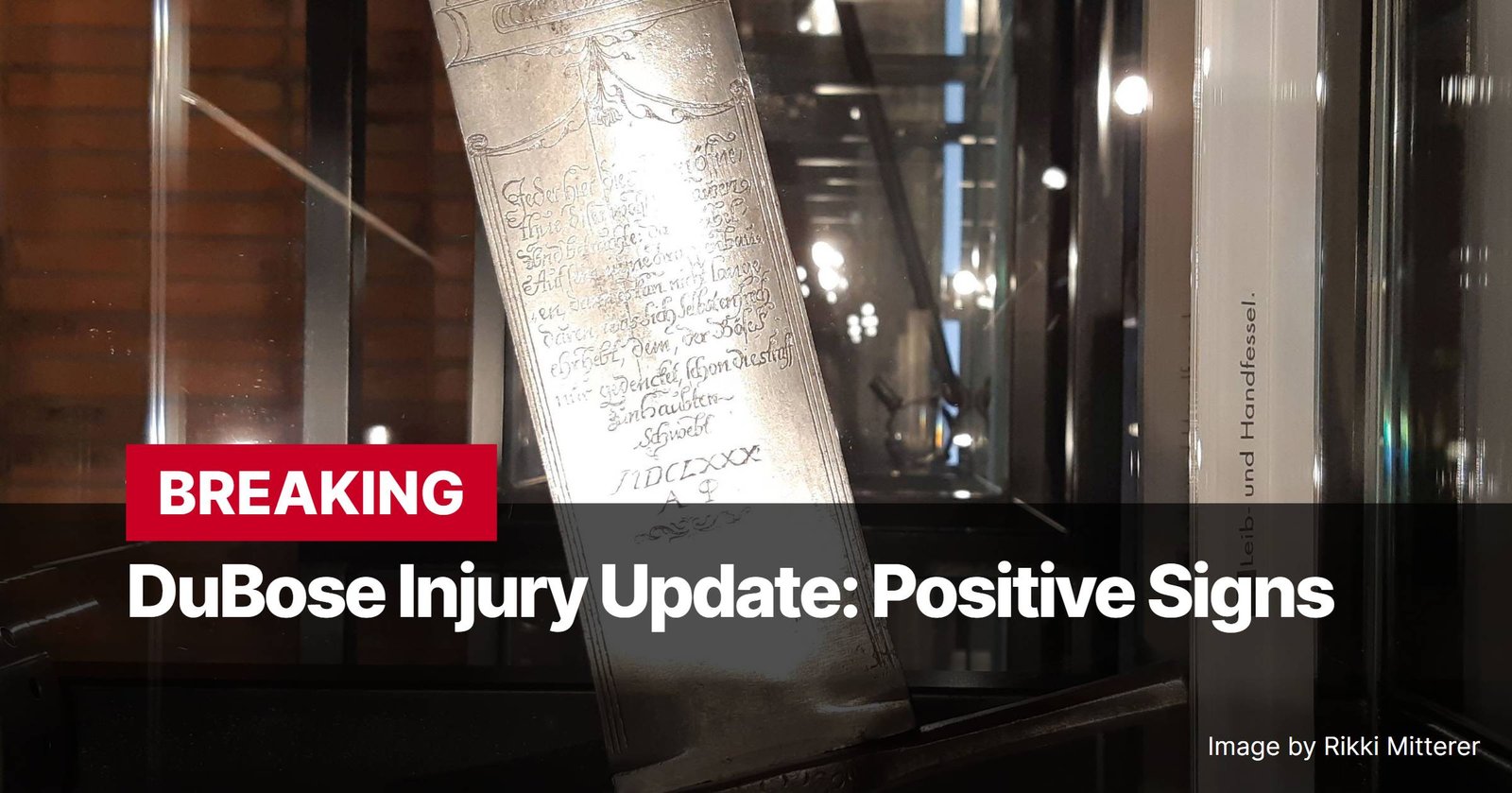A recent, sharp decline in global equity markets has left investors grappling with a significant dilemma: whether to embrace the opportunity to buy stocks at a discount or brace for further potential market declines. The selloff, fueled by concerns over the U.S. economy and a string of disappointing tech earnings, has cast a shadow of uncertainty over the near-term market outlook.
The S&P 500 has fallen nearly 6% from its July peak, marking a substantial retreat from recent highs. Meanwhile, the tech-heavy Nasdaq Composite has entered correction territory, extending losses to over 10%.
The market downturn has not been confined to the U.S., as equities in Europe and Asia have also experienced significant losses, with Japan’s Nikkei index suffering a nearly 5% decline for the week.
Dip-Buying Dilemma Amidst Market Uncertainty
The recent market selloff, characterized by a two-day rout that sent the S&P 500 tumbling nearly 6% from its July peak, has left investors grappling with a familiar yet complex dilemma: whether to embrace the dip-buying strategy that has been so lucrative in recent years, or to exercise caution in the face of mounting economic anxieties. While the S&P 500 has rallied about 50% since its October 2022 low, the current market environment presents a more nuanced picture, with lingering concerns over a potential recession casting a shadow over the near-term outlook.
The prospect of further market declines, particularly in light of the recent string of concerning U.S. economic data, is a significant factor weighing on investors’ minds. The S&P 500 has historically experienced average declines of 29% during recessions since World War II, underscoring the potential downside risks associated with a dip-buying approach in such an environment.
Adding to the cautious sentiment is the recent investment strategy employed by Warren Buffett’s Berkshire Hathaway. The conglomerate’s decision to significantly reduce its stake in Apple and allow its cash reserves to soar to $277 billion in the second quarter suggests a preference for waiting on the sidelines until market conditions become more favorable.
This strategy, often employed by Berkshire when suitable investment opportunities are scarce, reinforces the concerns of some investors who believe that current valuations remain elevated and may not justify aggressive buying in the short term. While the market has enjoyed a strong rally driven by excitement over AI technology and a seemingly robust economy, the recent selloff highlights the fragility of investor sentiment and the rapid shifts in market dynamics.
A Crossroads for Investors
The recent market selloff presents a complex dilemma for investors, with both opportunities and risks emerging. While some view the decline as a chance to buy into previously expensive stocks at a discount, others remain cautious, citing elevated valuations and the potential for further downward pressure.
The market’s reaction to the upcoming consumer price report will be crucial, as it will provide insights into the trajectory of inflation and the Federal Reserve’s future policy decisions. Despite a barrage of disappointing earnings from tech giants, strong economic indicators, including robust job growth, offer some optimism.
However, the fear trade is evident, with rising volatility and investors seeking safe havens in government bonds. The market’s direction will ultimately depend on a delicate balancing act between economic data, earnings reports, and investor sentiment.
While some see the selloff as a temporary correction, others warn that further volatility could be on the horizon.

- Amad Diallo’s Rise and Manchester Derby Excitement
- Navigating the 2024 and 2025 Tax Landscape: Brackets, Rates, and Planning Ahead
- Palantir: From Shadows to Spotlight, Navigating Controversy and Innovation
- The Relentless Myles Garrett: Battling Through Injury in Browns’ Loss
- Luka’s Triple-Double Dominates as Mavericks Outgun Warriors in Three-Point Barrage



















